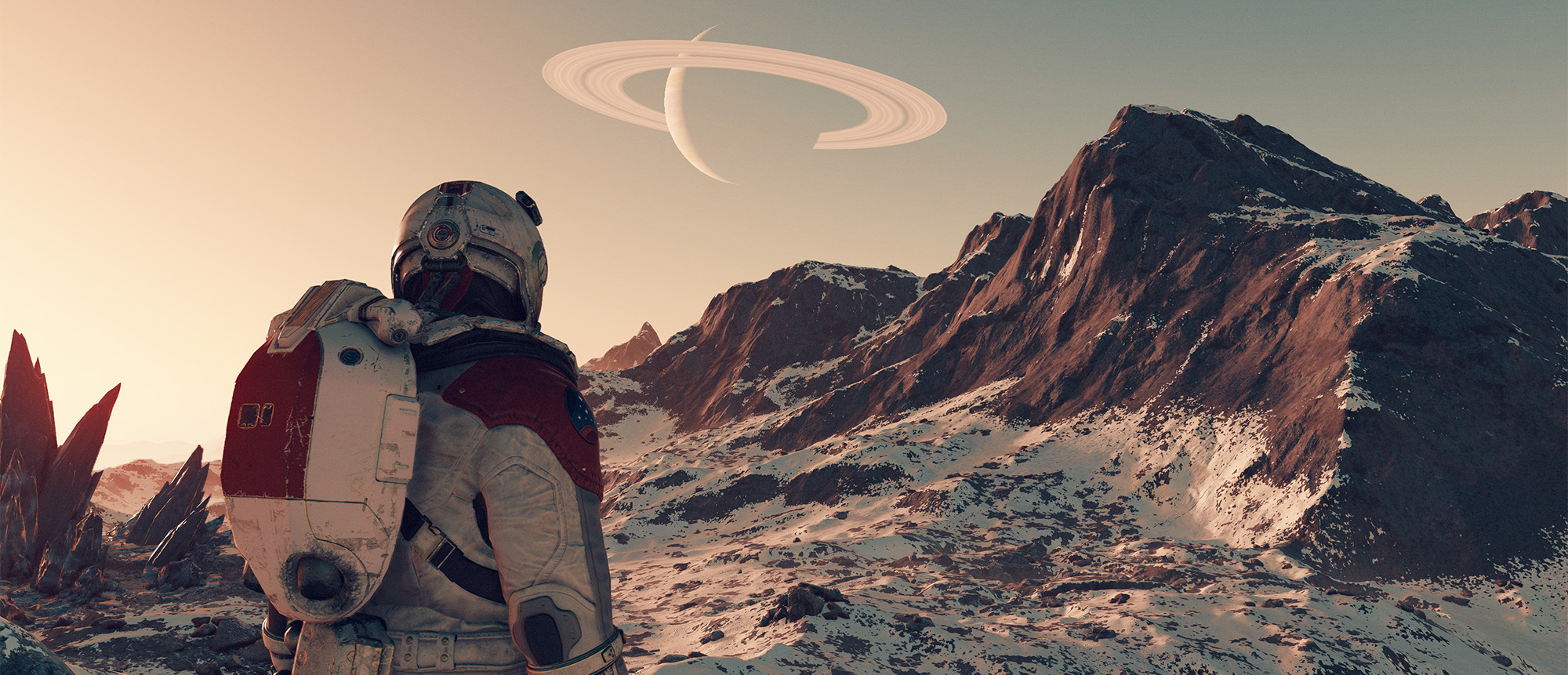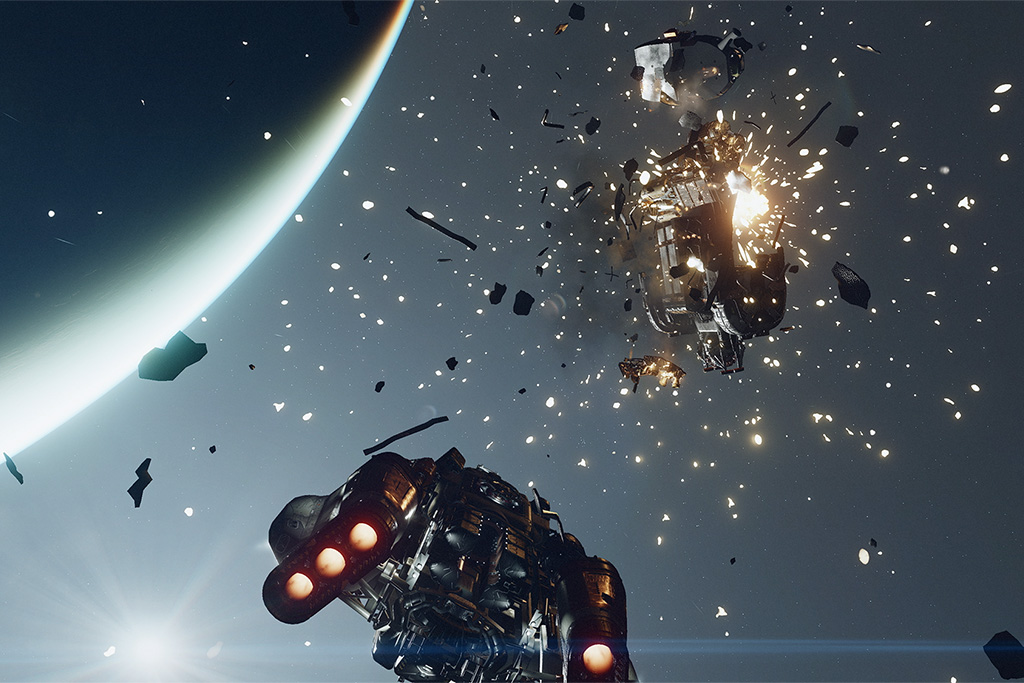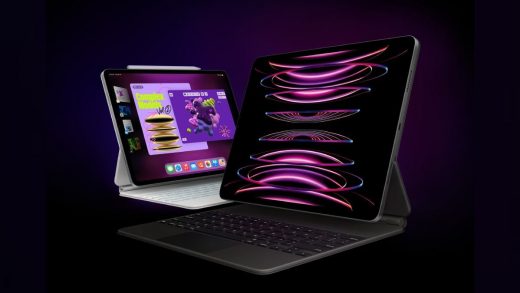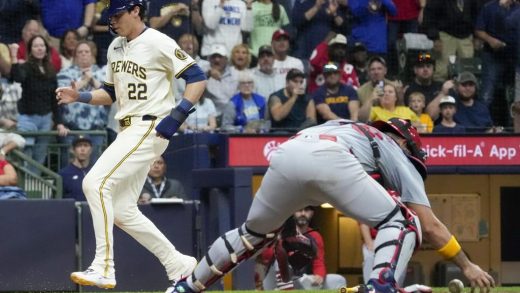
Studio Director Angela Browder, who has been on the Starfield team since its inception, says they were able to tap into internal resources, too.
“We have all these people who have these passions that are outside of video games, and because this game has so much to it, they’ve had the opportunity to share their expertise,” she says. “So many people have interesting side hobbies, whether it’s robotics, astronomy or plant life. It’s been an opportunity for people to merge multiple passions into one and be even more invested in this game.”
Browder says the team’s expertise comes through in the level of detail throughout Starfield. They tried to cover as many bases as they could, from thinking about how the sun moves on different planets to calculating lighting, to dynamically changing how characters move and react due to gravity, to the many camera angles to observe a planet, to designing habitat modules and other components of a settlement.
Browder kept everything on track and moving forward for the many teams needed to pull off all the elements of this game, which also shows off advances in lighting, animation and character generation. She says the studio’s own journey wasn’t always smooth.

“Our ambition is always our biggest obstacle,” says Howard. “It’s fun to dream up these things. Pulling off a game of this scale on its own is an obstacle in time, in people. And then the pandemic, it made everything slow down. It challenged us to communicate in new ways and work together in ways we never had before.”
But because many at the studio had worked together on other games like Elder Scrolls and Fallout, “there was a big trust level, and we were passionate about what we were doing,” he says. “So it took longer than we wanted, but we’re very excited for everyone to play the game.”


